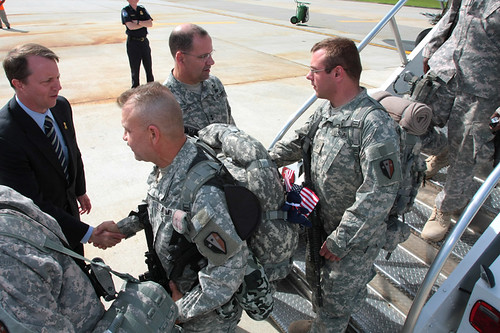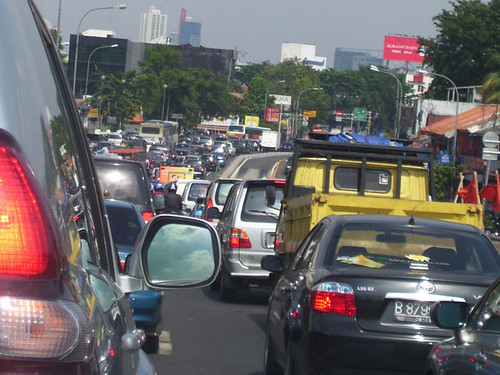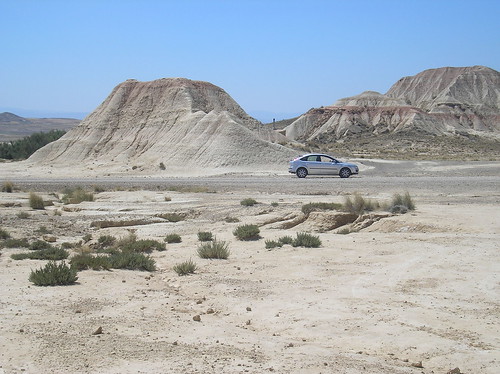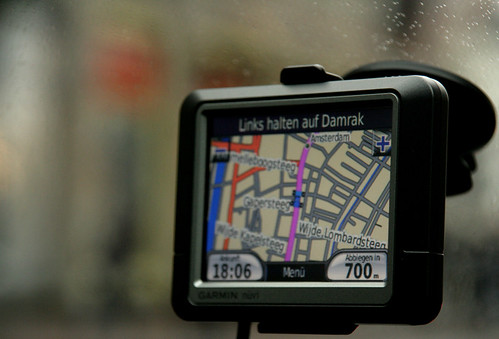Bernie’s Transportation Communications Newsletter (TCN) – June 30, 2009
Tuesday, June 30, 2009 – ISSN 1529-1057
Register Now for IBTTA’s Workshop — Incident Management, Safety and Security, July 19-21, 2009, Denver, CO
Join the International Bridge, Tunnel and Turnpike Association in Denver, CO to learn about best practices from around the world in Incident Management and Emergency Response. Gain valuable knowledge on the most effective tools and communication methods available to promote toll facility safety and security, maintain operations in the face of disruption, and effectively communicate with customers during all phases of an incident – from prevention to recovery. Meeting highlights include a technical tour of E-470 Public Highway’s Tools and Technology followed by Northwest Parkway’s 5.9GHz DSRC Multi-Application Demonstration, a networking event at INVESCO Field at Mile High, and a fundraising golf tournament to support the IBTTA Foundation. Hotel cut-off extended until July 1st. To register or view the preliminary agenda, visit IBTTA’s website today!
AVIATION
1) Simulator Helps Train Air Traffic Controllers
Link to story and video on WCVB-TV:
http://www.thebostonchannel.com/news/19894458/detail.html
2) Delta to Install Wi-Fi on First Wide-Body Jet
Link to story in USA Today:
http://www.usatoday.com/travel/flights/item.aspx?type=blog&ak=68493042.blog
ELECTRONIC TOLLING
3) ‘Bungled’ E-Toll System Delayed in Queensland
Link to Australian Broadcasting Corp. story:
http://www.abc.net.au/news/stories/2009/06/30/2612342.htm?section=business
GPS / NAVIGATION
4) GPS Mapping Team Takes a Ride
A ride-along with a crew from Navteq as they map roadways.
Link to video in The Birmingham News:
http://videos.al.com/birmingham-news/2009/06/gps_mapping_team_takes_a_ride.html
OTHER
5) New York Mayor Releasing City Data Online in Hopes Developers Will Create New and Better Mobile Apps
Link to story in the Daily News:
Link to news release from the City of New York:
6) Latest Issue of Transport Business Online
Link to magazine:
ROADWAYS
7) Considerations for High Occupancy Vehicle (HOV) Lane to High Occupancy Toll (HOT) Lane Conversions Guidebook Now Available
Link to guidebook from the Federal Highway Administration:
http://ops.fhwa.dot.gov/resources/news/news_detail.asp?ID=552
SAFETY / SECURITY
8) New York MTA Employee Sues City for $1 Million After Being Arrested for Taking Pictures
Link to story in the Daily News:
9) Ex-National Highway Traffic Safety Administration Chief Fears New Safety Technologies Will Take Backseat to New MPG Rule
Link to story in USA Today:
http://content.usatoday.com/communities/openroad/post/2009/06/68493165/1
TELEMATICS
10) Insurance Companies Embrace Technology – Again
Link to story in Telematics Weekly:
http://telematicsweekly.com/archives/insurance-companies-embrace-technology-%E2%80%94-again-1258
TRANSIT
11) SEPTA: Now You Can Use Google to Plan Trips
Link to story in The Philadelphia Inquirer:
12) Automated Bus Route Scheme to Start July 25 in Metro Manila
Link to story in The Philippine Star:
http://www.philstar.com/Article.aspx?articleId=482478&publicationSubCategoryId=200
TRAVELER INFORMATION / TRANSPORTATION MANAGEMENT
13) Caltrans Hotline Fails to Deliver
Link to column in the San Jose Mercury News:
http://www.mercurynews.com/localnewsheadlines/ci_12713933
14) Navteq Offers Free Traffic Updates on Your Phone
Link to CNET News story:
http://reviews.cnet.com/8301-13746_7-10275395-48.html
VEHICLES
15) National Highway Traffic Safety Administration Looking to Mandate Rear Turn-Signal Color
Link to story on Cars .com:
http://blogs.cars.com/kickingtires/2009/06/nhtsa-looking-to-mandate-rear-turn-signal-color.html
News Releases
1) DC Metro Taking Additional Actions After Collision
**CORRECTION**: The wrong link was included for story #8 in yesterday’s issue. Here’s the correct link to the story:
http://finance.yahoo.com/news/Toyota-technology-has-brain-apf-2893135796.html?x=0&.v=5
Upcoming Events
East Coast Maritime Conference – October 5-6 – Jersey City, New Jersey
http://guest.cvent.com/EVENTS/Info/Summary.aspx?e=3799e6dd-3528-4420-a7f1-434d7836d925
Today in Transportation History
2004 **5th anniversary** – The Cassini -Huygens spacecraft arrived at Saturn.
=============================================================================================
The Transportation Communications Newsletter is published electronically Monday through Friday.
To subscribe send an e-mail to: TCNL-subscribe@googlegroups.com
To unsubscribe send an e-mail to: TCNL-unsubscribe@googlegroups.com
TCN archives: http://groups.yahoo.com/group/transport-communications
Questions, comments about the TCN? Please write the editor, Bernie Wagenblast at i95berniew@aol.com.
© 2009 Bernie Wagenblast





